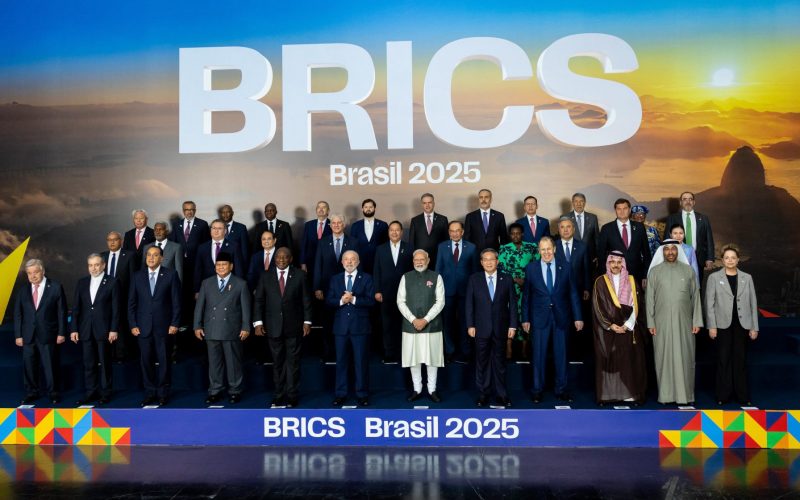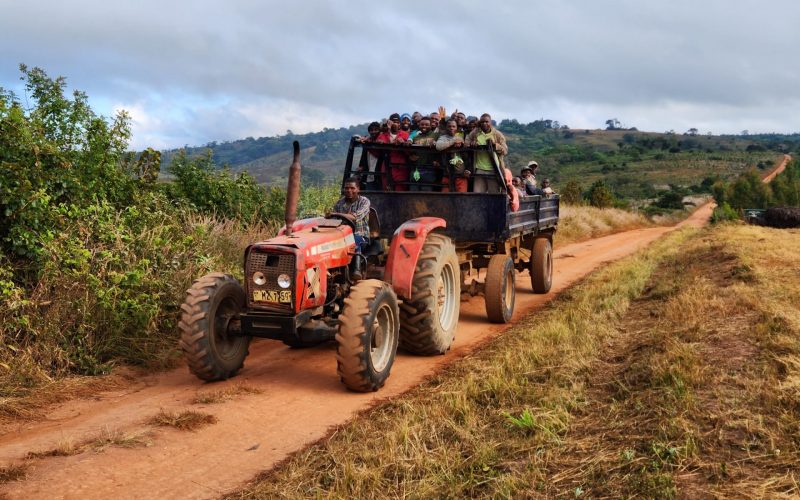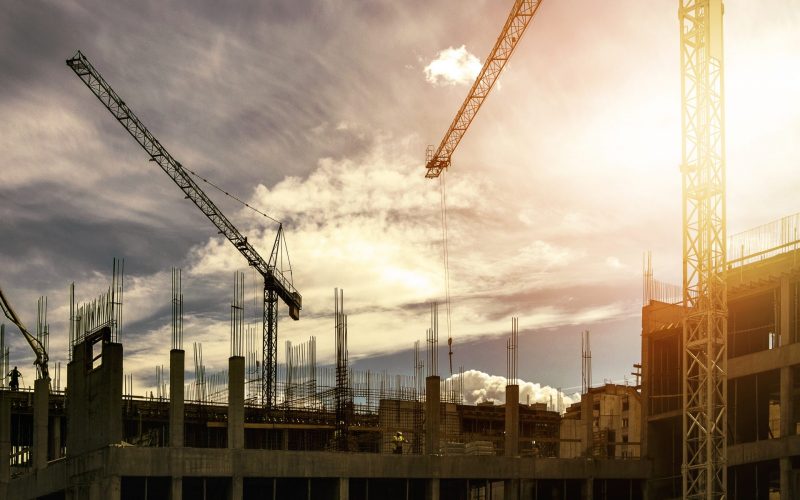Minibus drivers weaving through lanes, standstill traffic and potholes in the roads are daily occurrences for millions across South Africa and the African continent. The rapid urbanisation that African countries have experienced has strained infrastructure that cannot keep pace with the massive influx of economic migrants from rural areas to urban centres. While numerous concerns, including adequate housing, water shortages and waste management require attention, one of the most critical issues is transportation.
In the years since democratisation, South Africa has sought to remedy these issues and overcome the legacy of race-based apartheid spatial planning. However, progress has been slow due to mismanagement, misallocation of funds and systemic inefficiencies. The challenges faced by South Africa’s cities, though unique in their specifics, provide broader lessons for addressing urban transportation challenges across Africa.
Africa’s colonial history plays a foundational role in today’s inadequate transportation infrastructure. Unlike settler colonies elsewhere, much of Africa was exploited for resource extraction rather than European settlement (with the notable exceptions of Namibia, South Africa and Zimbabwe). Infrastructure built during colonial times primarily served the transport of minerals from inland areas to coastal ports. South Africa, an exception due to its sizable white settler population, faced its own transportation inefficiencies stemming from apartheid. Apartheid policies created spatial segregation, relegating black, coloured and Indian communities to townships far from city centres. This legacy contributed to what the World Bank in the 1990s described as South Africa’s “inefficient cities,” characterised by low-density sprawl, fragmentation, and long commutes to work.
South Africa’s ambitious public transportation project, the Gautrain Rapid Rail, serves as both a success story and a cautionary tale. Costing approximately R30 billion ($4.1 billion USD), the Gautrain provided a high-speed rail connection for Johannesburg and Pretoria, reducing travel time and alleviating some congestion. However, its high construction and operating costs limited its accessibility to wealthier commuters, sidelining the low-income population that constitutes the majority of public transport users. The Gautrain also has only two lines and does not service many large population areas, notably former black townships such as Soweto.
In contrast, the Rea Vaya Bus Rapid Transit (BRT) system – a lower-cost alternative – has made strides in addressing historical inequalities. Connecting Soweto’s historically marginalised residents to Johannesburg’s economic core, Rea Vaya exemplifies an affordable and inclusive model. This project in particular, however, has faced delays and received criticism for inefficiency. For example, the cumulative rent for a single portable toilet amounted to R750 000. This was due to the stagnation of construction at a bus station in Sandton. Budgetary issues and disagreements with stakeholders have contributed to these delays, and while they present a bump in the road, they do not discount the legitimacy of the idea itself. Similar BRT systems, such as Cape Town’s MyCiTi, demonstrate the potential for scalable, efficient public transport in African cities. BRT’s ability to combine the efficiency of rail with the flexibility of buses makes it a viable solution for urban centres with constrained budgets.
Across the continent, “paratransit” systems dominate urban transportation. These systems don’t have either fixed routes or timetables and thus are characterised by their informality. In South Africa, the most prominent example of this are minibuses, which account for approximately 65% of commuter trips. While these informal systems fill the void left by inadequate government-subsidised transport, they present challenges. Fierce competition among operators often leads to violence, while overcrowding, safety concerns and irregular schedules inconvenience passengers. The absence of regulation exacerbates these issues, with minibuses contributing significantly to road fatalities and congestion. According to the World Health Organisation, Sub-Saharan Africa’s road deaths in 2016 averaged 26.6 per 100 000 residents – 32% higher than the global average. Pedestrians are particularly vulnerable, especially in cities like Addis Ababa, where they accounted for 88% of road fatalities between 2010 and 2015.
The experiences of South Africa offer valuable lessons for other African nations. A holistic approach is necessary, combining infrastructure development with targeted policy interventions. Scholar Karen Lucas’s recommendations for reducing social exclusion in South Africa’s transportation system are particularly relevant:
- Subsidise travel costs for minibus taxis.
- Improve public bus services.
- Regulate minibus taxi operations and fare structures.
- Enhance policing at transport hubs.
- Provide affordable housing closer to employment centres.
Additionally, promoting South-South cooperation can unlock innovative solutions tailored to Africa’s unique needs. Brazil’s BRT model, for instance, serves as a successful example of scalable, cost-effective urban transport.
Addressing Africa’s transportation challenges requires significant investment. While foreign partners like China and Global North countries play critical roles, their aid often comes with conditions that can hinder long-term sustainability. Governments must strike a balance, leveraging external funding while prioritising locally driven solutions. Expanding BRT systems and integrating paratransit into formal networks are promising steps forward. At the same time, policymakers must address the growing trend of car ownership, driven by status aspirations and rising incomes. Lessons from Latin America and South East Asia’s experiences with low-cost loans and finance leasing schemes suggest that unchecked vehicle proliferation can lead to severe congestion and environmental degradation.
Africa’s urban transportation crisis reflects broader challenges of rapid urbanisation, historical inequities and governance inefficiencies. While no single solution can resolve these issues, strategic investments in inclusive, efficient public transport systems offer a path forward. By learning from South Africa’s successes and failures, other African nations can develop systems that meet the needs of their growing urban populations, fostering sustainable development and social equity.
Yahya Arastu was an intern at SAIIA as part of a School for International Training (SIT) Programme at the end of 2024.









